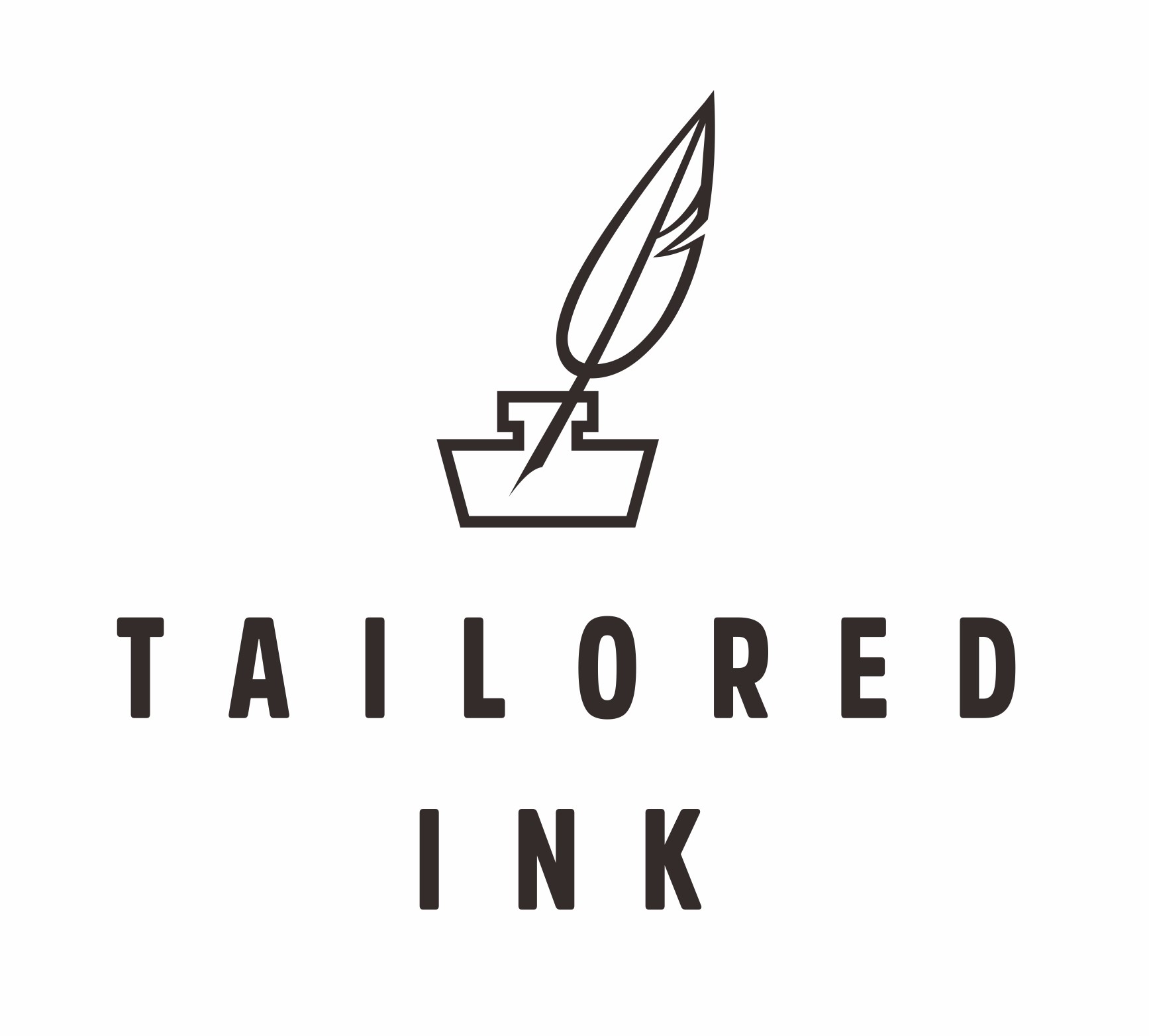How to Sell a Knife
I’ve always found Cutco’s business model fascinating. If I had to try and sell kitchen cutlery door to door, knives wouldn’t be my first choice (for various reasons). So say what you will about Cutco’s high school and college sales reps—they they know how to sell knives.
The fact that Cutco’s business model holds up at all is a testament to their targeted marketing. They know they’re a B2C knife company—they’re the only one I can think of—and so they market their knives differently than B2B knife brands like Shun or Zwilling that sell directly to stores.
Which brings us to the topic of this blog post.
Marketing to B2B vs. B2C
Marketing of all kinds has only one goal: sales.
The strategy used to achieve those sales, however, differs when marketing to other businesses versus directly to consumers. While B2B marketing is more relationship driven, B2C marketing is more product driven, and these factors need to be taken into consideration when creating a comprehensive framework and strategy.
Who are you talking to, again?
As we’ve talked about before, finding your ideal voice is crucial to business success. Your B2B voice should probably be mature, professional, and knowledgeable. When writing for businesses, you have to consider all of the people you need to sell your product to before reaching the decision-maker. This can include managers, directors and even the C-suite.
On the other hand, your B2C voice could be very colorful or conservative depending on who you’re targeting. After all, there are a lot more individual customers out there than there are businesses. Keep in mind that when writing for consumers, you’re typically only talking to one person—the decision-maker.
Are you speaking their language?
The right content types differ for B2B vs. B2C marketing strategies as well.
In B2B marketing, longer, more technical pieces fare better than the personable, pithy pieces that are staples of B2C writing.
In fact, according to research from the Content Marketing Institute, the most popular content marketing methods for B2C brands are:
- Social media
- Illustrations and photos
- Newsletters
- Videos
- Blog posts
B2C tactics revolve around engaging and delighting the individual consumer. In contrast, another study from the same institute identified the most important B2B Marketing tactics as:
- In-person events
- Webinars/webcasts
- Case studies
- White papers
- Videos
The B2B tactics revolve around creating relationships (e.g., through in-person events, such as conferences or trade shows) and developing an authoritative brand (through highly detailed thought leadership content, including white papers and videos).
Takeaway: the decision-makers at businesses make decisions based on logic, rationale, and budgets, while general consumers are more impulsive and make decisions based on their emotional state.
Are you ready to create your own strategy?
It’s not complicated to figure out how to tailor your marketing strategy to meet your needs, even when considering B2B vs. B2C. When creating a strategy, consider:
- Generalized vs. Tailored: B2C businesses can afford to talk to a large audience. Consumer purchase decisions are usually based off simple needs, while business purchase decisions are usually very specific, and need to fit the complex needs of an entire business.
- Emotional vs. Logical: Decision makers at businesses are focused on budgets, benefits, and efficiency. Consumers are focused on happiness.
- Engaging vs. Valuable: (Most) consumers don’t spend hours and hours trying to decide whether to buy from one company or another, but you’d be hard pressed to find a business that doesn’t vet all its vendors. Businesses want to see that they’re buying from professionals that understand and care about their specific needs, while consumers want to know they’re buying from a brand that has the same values.

 and
and  ?
?